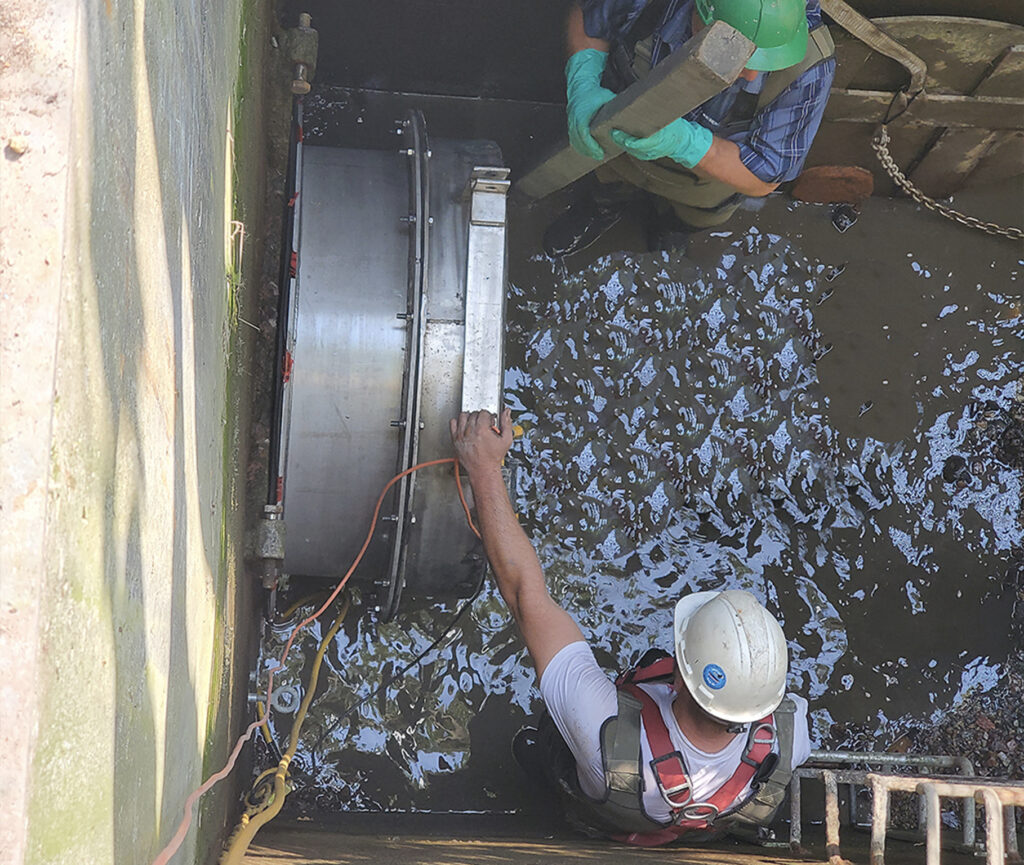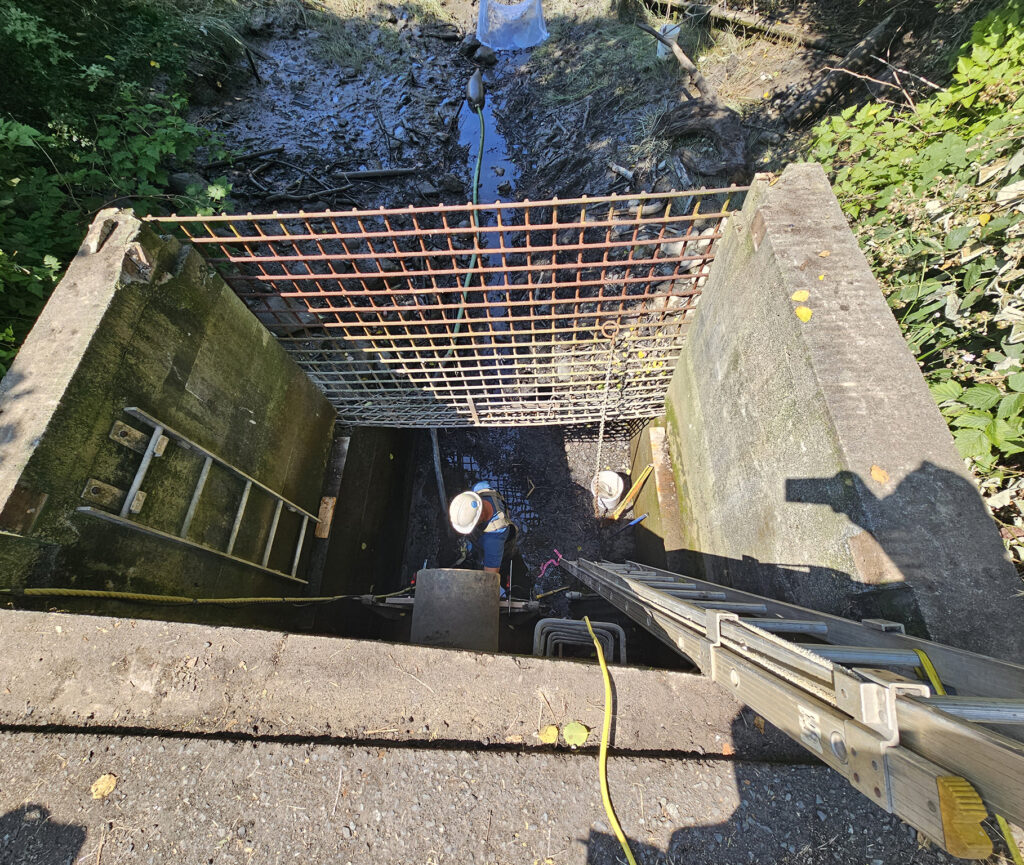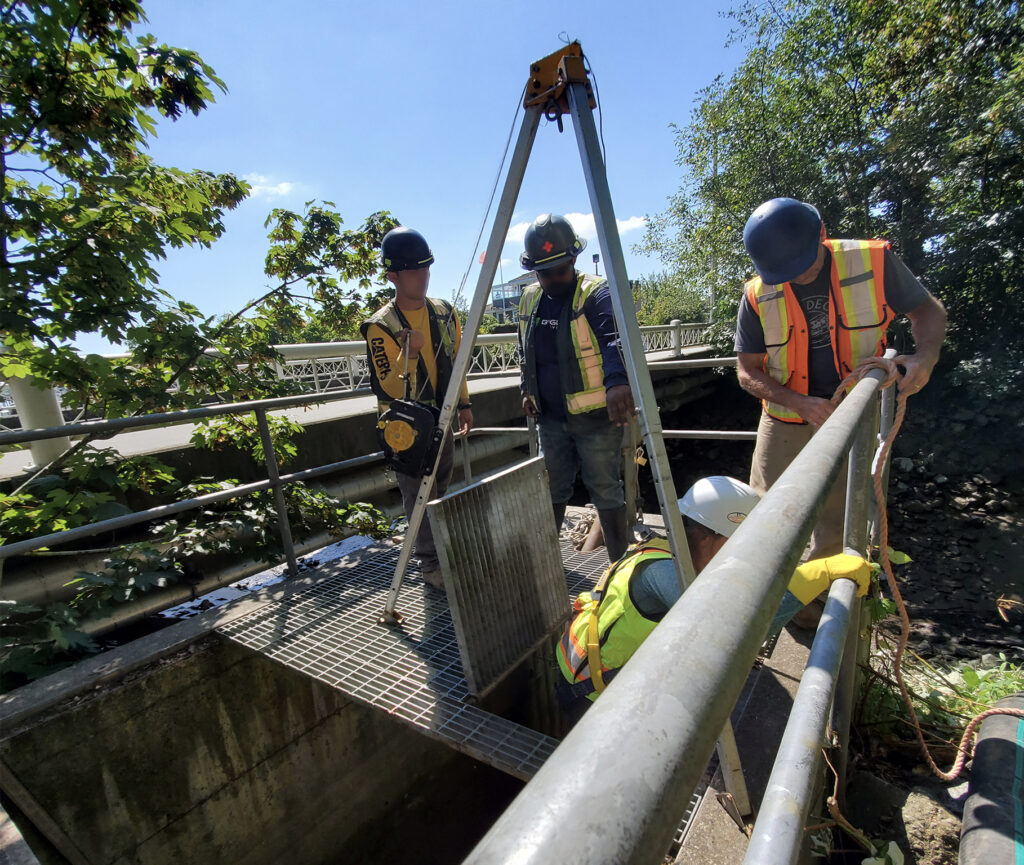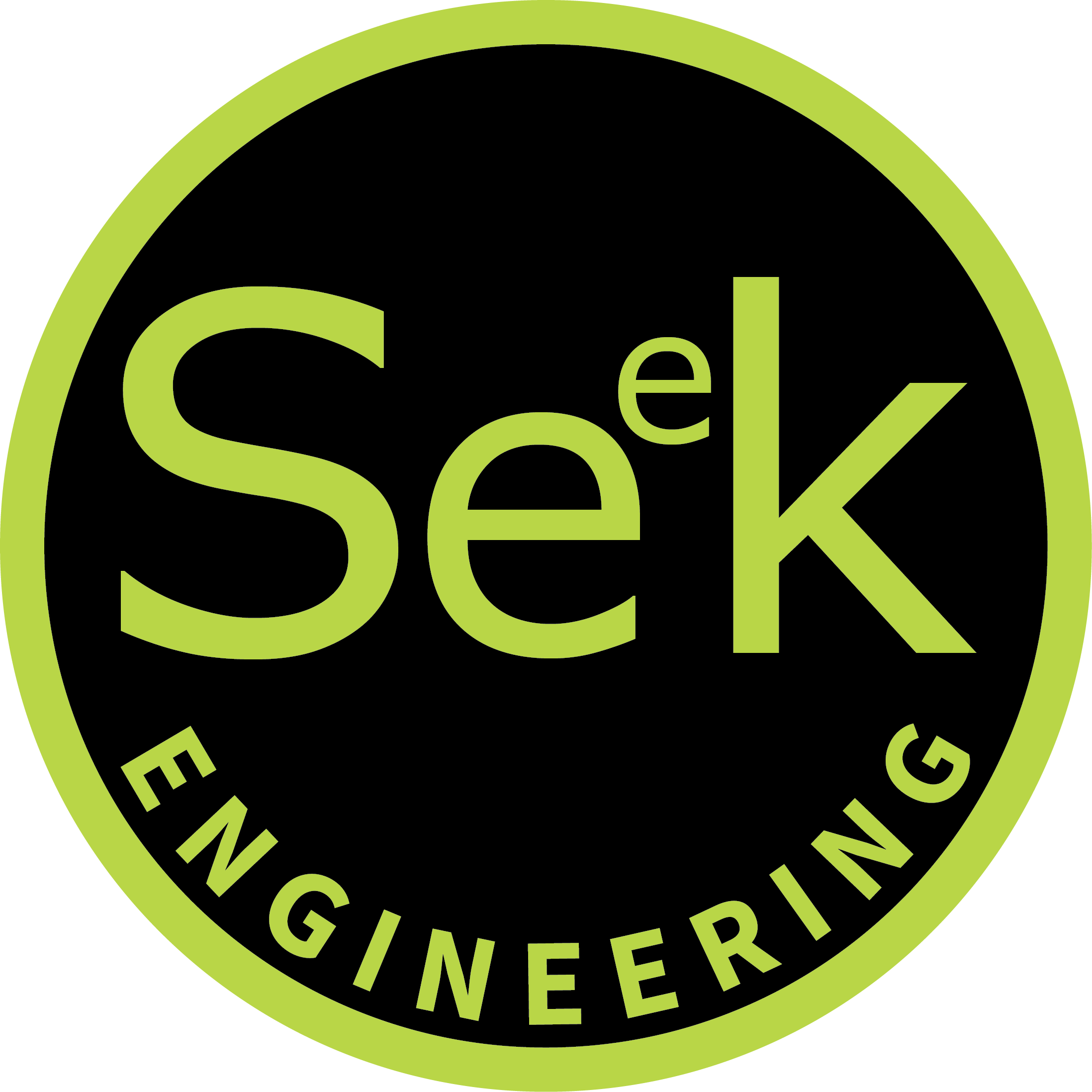Confined Space Work Procedures
At SEEK Engineering, safety is our top priority, particularly when it comes to working in confined spaces. Confined spaces present unique hazards such as limited entry and exit points, poor ventilation, and the potential for hazardous atmospheres. Our comprehensive confined space work procedures ensure the safety of all personnel while maintaining efficiency in project execution.
1. Identification of Confined Spaces
Before commencing any work, it is essential to identify and assess the confined space. A confined space typically has:
- Limited or restricted entry/exit points
- Potential for hazardous conditions (e.g., toxic gases, oxygen deficiency)
- Space not designed for continuous occupancy
Examples:
- Tanks, silos, and storage bins
- Manholes and pipelines
- Trenches and tunnels
2. Hazard Assessment
A thorough risk assessment must be conducted to evaluate the potential hazards within the confined space. This includes:
- Atmospheric Testing: Measuring oxygen levels, detecting flammable gases, and identifying toxic substances.
- Physical Hazards: Identifying risks such as engulfment, moving machinery, or exposed electrical systems.
- Structural Stability: Ensuring the confined space is stable and safe to enter.
3. Permit-to-Work System
No work in a confined space can begin without a properly issued Confined Space Entry Permit. The permit outlines:
- Authorized personnel
- Duration of entry
- Identified hazards and control measures
- Emergency procedures
4. Personal Protective Equipment (PPE)
All workers must be equipped with the necessary Personal Protective Equipment (PPE) for confined space entry, which may include:
- Full-body harnesses and lifelines
- Respiratory protection (e.g., SCBA or supplied air respirators)
- Protective clothing, helmets, gloves, and safety boots
5. Ventilation and Atmospheric Control
Ventilation is essential for ensuring breathable air and controlling hazardous gases. Where natural ventilation is inadequate, mechanical ventilation (fans, blowers) must be used to maintain safe oxygen levels and prevent gas accumulation.
6. Communication and Monitoring
Effective communication between the confined space entrants and the safety team is vital:
- Continuous Monitoring: An attendant must remain outside the confined space, maintaining visual or radio contact with the entrants at all times.
- Real-Time Updates: Regular updates on conditions and progress inside the space must be provided to the safety team.
7. Emergency and Rescue Procedures
Preparedness for emergencies is essential. Rescue plans must be in place and understood by all team members:
- Non-entry Rescue: Using lifelines and retrieval systems to pull workers out without entering the confined space.
- Emergency Services: In more complex scenarios, specialized emergency rescue teams should be on standby.
8. Training and Competency
All personnel involved in confined space work must be trained in confined space entry procedures, emergency protocols, and the use of PPE. Ongoing competency assessments ensure everyone is equipped to handle potential risks.
9. Post-Entry Procedures
After completing confined space work:
- Conduct a debrief to review safety performance and note any potential improvements.
- Perform a final atmospheric test to confirm the space is safe to exit.
- Document all activities and report any incidents or near misses.
Visual Guide to Safe Practices



